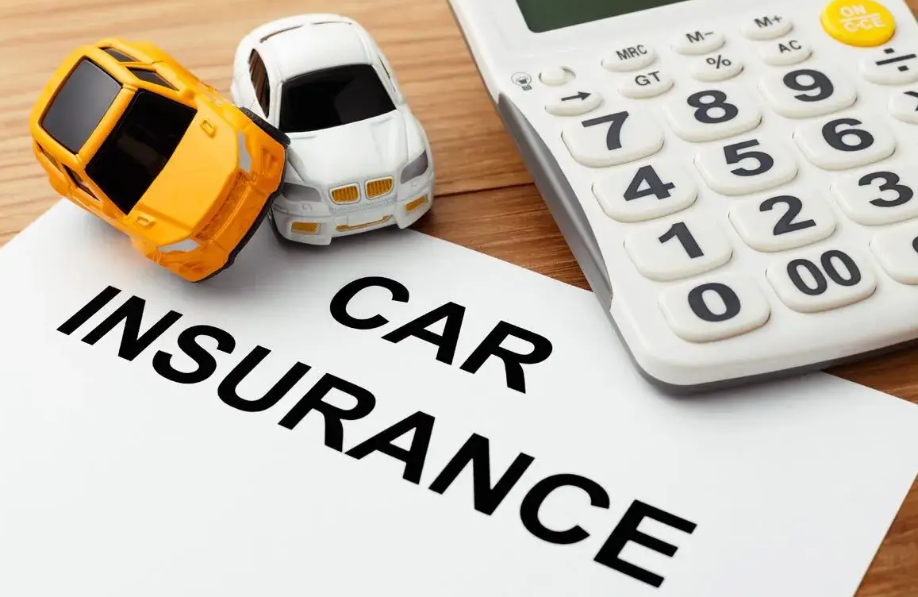Introduction to Auto Insurance
Auto insurance is a financial product designed to provide protection against financial losses resulting from accidents, theft, or other incidents involving your vehicle. It is a contractual agreement between the insured (the policyholder) and the insurer (the insurance company), where the insurer agrees to compensate the insured for specified losses in exchange for premium payments.

Types of Auto Insurance Coverage
1. Liability Insurance
Liability insurance covers damages and injuries caused to others in an accident where you are at fault. It typically includes bodily injury liability and property damage liability. Bodily injury liability covers medical expenses and lost wages for the injured party, while property damage liability covers repair or replacement costs for damaged property.
2. Collision Insurance
Collision insurance covers damage to your vehicle in the event of a collision with another vehicle or object, regardless of fault. This coverage helps pay for repairs or replacement of your vehicle, minus your deductible.
3. Comprehensive Insurance
Comprehensive insurance provides coverage for damage to your vehicle that is not caused by a collision. This includes theft, vandalism, natural disasters, and collisions with animals. Like collision insurance, comprehensive coverage typically requires a deductible.
4. Uninsured/Underinsured Motorist Coverage
Uninsured/underinsured motorist coverage protects you if you are involved in an accident with a driver who either has no insurance or insufficient insurance to cover your damages. It can also cover hit-and-run accidents.
5. Personal Injury Protection (PIP) or Medical Payments Coverage
Personal injury protection (PIP) or medical payments coverage pays for medical expenses resulting from an accident, regardless of who is at fault. PIP may also cover lost wages and other expenses related to injuries sustained in the accident.
Factors Affecting Auto Insurance Rates
1. Driving Record
Your driving record, including accidents, tickets, and violations, significantly impacts your auto insurance rates. A clean driving record typically results in lower premiums, while a history of accidents or traffic violations may lead to higher premiums.
2. Age and Gender
Younger and inexperienced drivers, as well as male drivers, tend to pay higher auto insurance rates due to their higher risk of accidents. However, rates may decrease with age and experience.
3. Vehicle Type
The make, model, and age of your vehicle can affect your insurance rates. Generally, newer and more expensive cars will have higher insurance premiums due to the cost of repairs or replacement.
4. Location
Where you live can also impact your auto insurance rates. Urban areas with higher population densities and higher rates of accidents and theft may result in higher premiums compared to rural areas.
5. Credit Score
In many states, insurance companies consider your credit score when determining your auto insurance rates. A higher credit score is often associated with lower insurance premiums, as it may indicate a lower risk of filing claims.
Tips for Lowering Auto Insurance Premiums
1. Compare Quotes
Shop around and compare quotes from multiple insurance companies to find the best rates and coverage options for your needs. Online comparison tools can be helpful in this process.
2. Bundle Policies
Consider bundling your auto insurance with other types of insurance, such as homeowners or renters insurance, to potentially receive a discount on your premiums.
3. Increase Deductibles
Opting for a higher deductible can lower your premiums, but it’s essential to ensure that you can afford the out-of-pocket expense in the event of a claim.
4. Maintain a Good Credit Score
Work on improving your credit score, as a higher score can result in lower auto insurance rates. Pay bills on time, keep credit card balances low, and monitor your credit report for errors.
5. Drive Safely
Avoid accidents and traffic violations to maintain a clean driving record, which can help lower your auto insurance premiums over time.
Conclusion
Auto insurance is a vital component of responsible vehicle ownership, providing financial protection against unforeseen accidents and incidents. Understanding the different types of coverage available and factors that influence insurance rates can help you make informed decisions when purchasing auto insurance. By comparing quotes, practicing safe driving habits, and taking advantage of available discounts, you can find the right coverage at an affordable price. Remember, auto insurance is not just a legal requirement in many places—it’s also a critical safeguard for your financial well-being.